Written by: Steven Paul (MS Student)
Hello everyone!
My name is Steven Paul and I am about to finish my second year as a Master’s student in Dr. Ali Graham’s lab. A common question I get asked is how someone gets into a field like hydrography. There is no one set way, but I think having an interest in the ocean and discovery certainly helps! I was always interested in the ocean, particularly sharks. There was an aquarium about 30 minutes from my house growing up and my family went regularly. In high school, I volunteered there and eventually went to college to become a marine biologist. That lasted for about 3 weeks before I decided to become a marine geologist. I completed my undergraduate degree at Eckerd College and really enjoyed living in St. Petersburg, FL. Looking to continue my education further, I met with Ali about attending the University of South Florida (USF). I had known a bit about ocean mapping and was excited to learn more.
Fast forward to the present and now I’m working on my Master’s degree. My thesis focuses on sound speed and sound speed inversions, which means I spend a lot of time on computers, but I love to get out on boats whenever possible! As such this was not my first research cruise, but it was my first time working with NOAA aboard the Nancy Foster. It was a great experience, particularly getting to work with the Foster’s scientists, Sam and Ben, who were not only very friendly but very knowledgeable and willing to teach.
One of the things that made the Nancy Foster cruise stand out was the range of experience of the science party. This training opportunity allowed undergraduates, graduate students, post docs, and other scientists to all work toward the same goal. This cruise was also unique to me as it included students from three schools including the University of South Florida, University of New Hampshire, and the College of Charleston. In many of my previous cruises, I was one of the newest members to the science party.
Aboard the Nancy Foster I was able to learn about new software, processing workflows, and more – but I also got to teach some of the students what I knew about data processing. You know that saying of you don’t really know if you understand something until you teach it? Well, there was plenty of opportunity to not only teach but solidify different techniques and concepts for my own knowledge as well. Most of this happened in the dry lab pictured below. There was always something going on in this area of the boat, and often more than one something. With many small groups working on different aspects, it was easy to wander around the room and learn something new just by sitting down at a workstation. After each day the multibeam data were processed and cleaned in CARIS, a type of multibeam processing software, then reviewed by Julia Wallace, our Chief Scientist. This allowed students to gain insight into the way an experienced scientist handles data from start to finish.
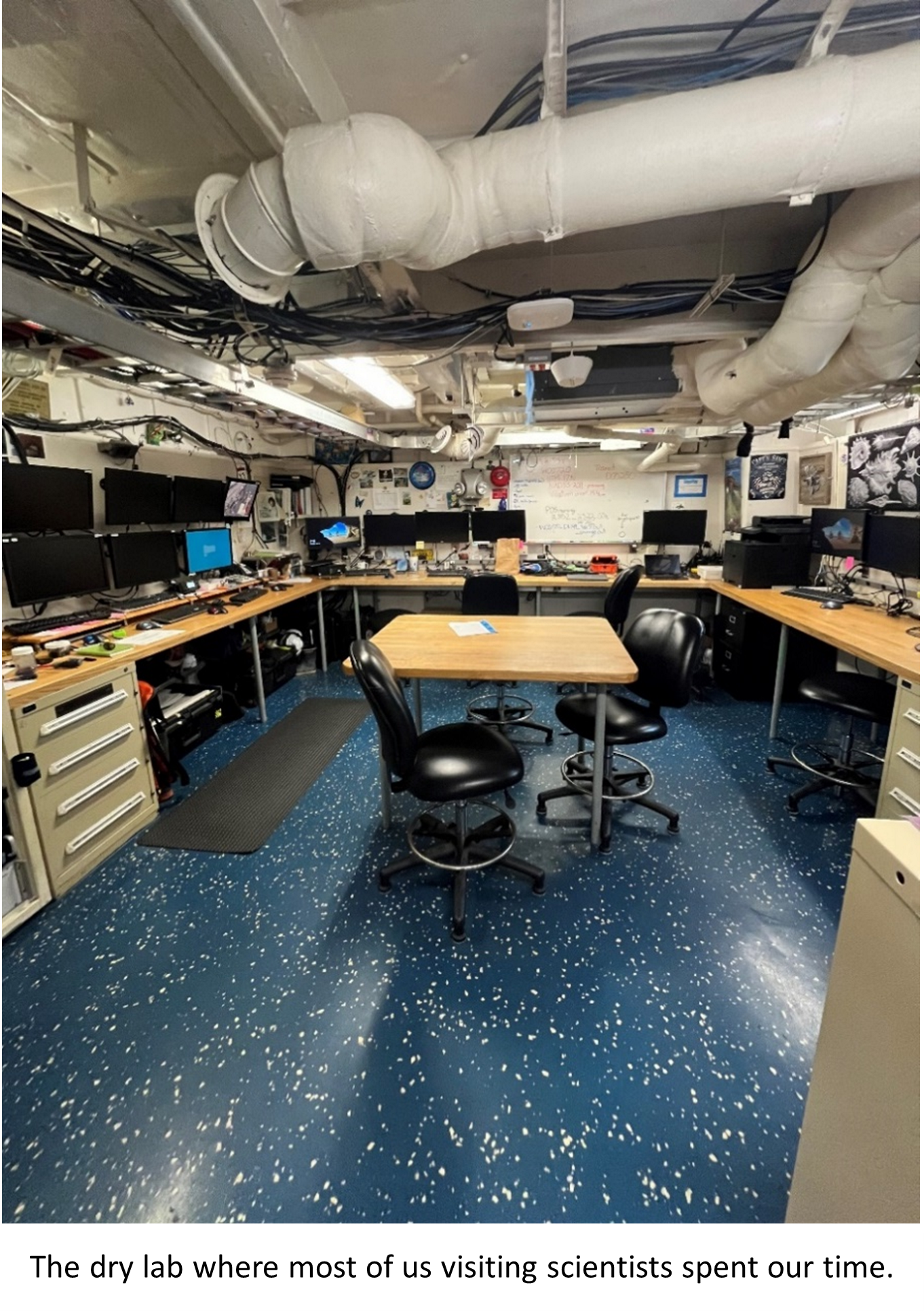
Another highlight of the Nancy Foster experience was collecting sound velocity profiles. These profiles are used to accurately determine the depth of the seafloor. Since our depth measurement is dependent on how long it takes for sound to travel and return to multibeam, it is important to know its speed which changes depending on the physical properties of the water, such as salinity and temperature.
We measured the sound velocity by dropping a metal probe, equipped with the appropriate sensors, off the stern of ship. We then allowed the probe to fall for a certain amount of time based on estimated fall rate and seafloor depth. Once that time was up, the brake was engaged to stop the free fall and (a long!) retrieval started by reeling the line in. This was done every 2 hours or as need as the sound profile changes. This was of particular interest to me due to my master’s thesis revolving around this topic. This showed me yet another way sound velocity can be gathered, and the strengths and weaknesses associated with this method.
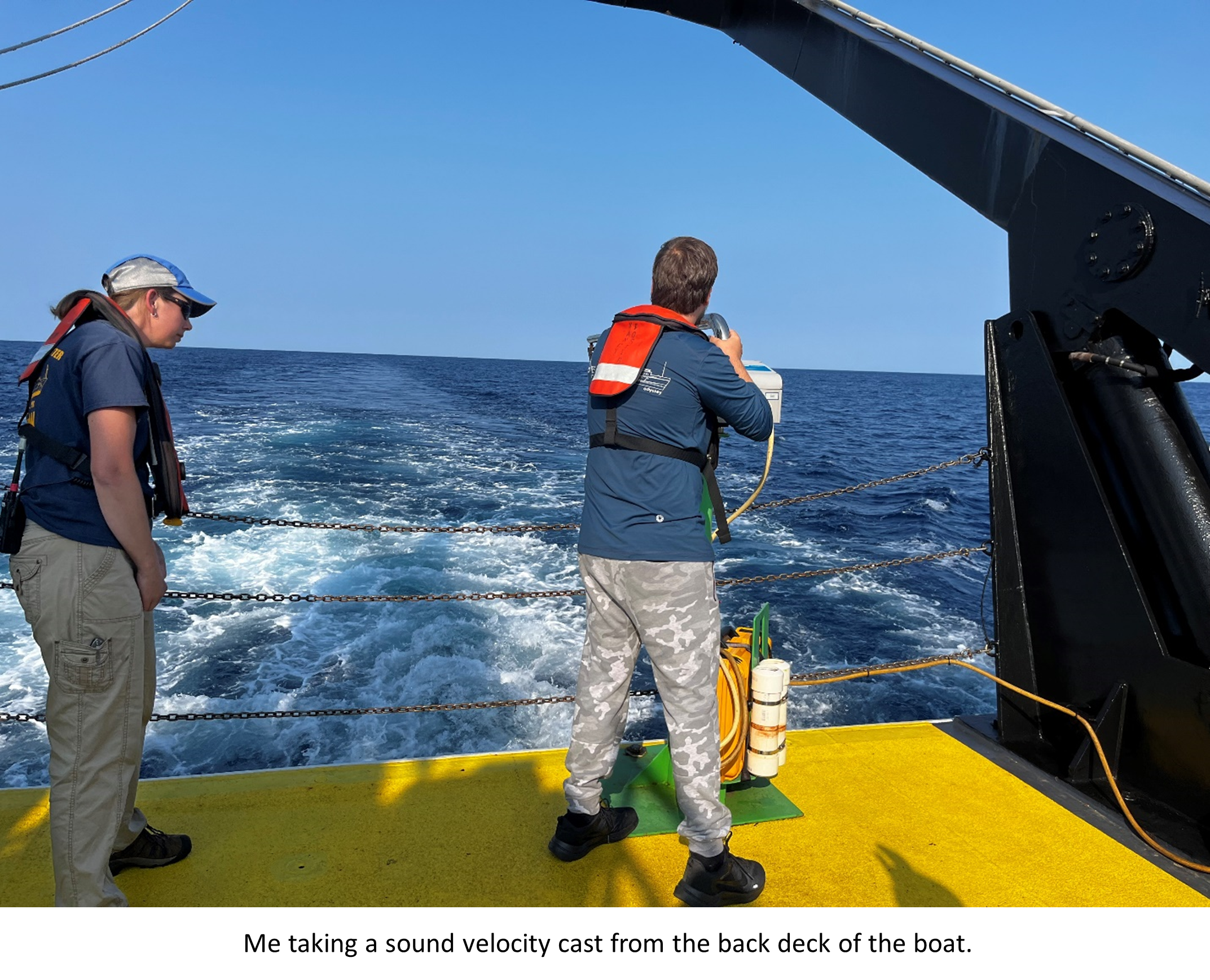
The science party also got to go through many of the safety drills commonly done when a vessel leaves port. This included getting to put on a full survival suit, often called a Gumby suit, which was an entirely new process for me. While the seasoned crew of the Foster makes this look easy, many of us scientists had a much more hilarious time trying to don these suits which are made of thick neoprene-like material.
During our muster drill we also had fake complications added so that the crew of the Foster could practice first-aid in mock emergency situations. This included a fake severed finger and sprained ankle with blood and bruises to boot.
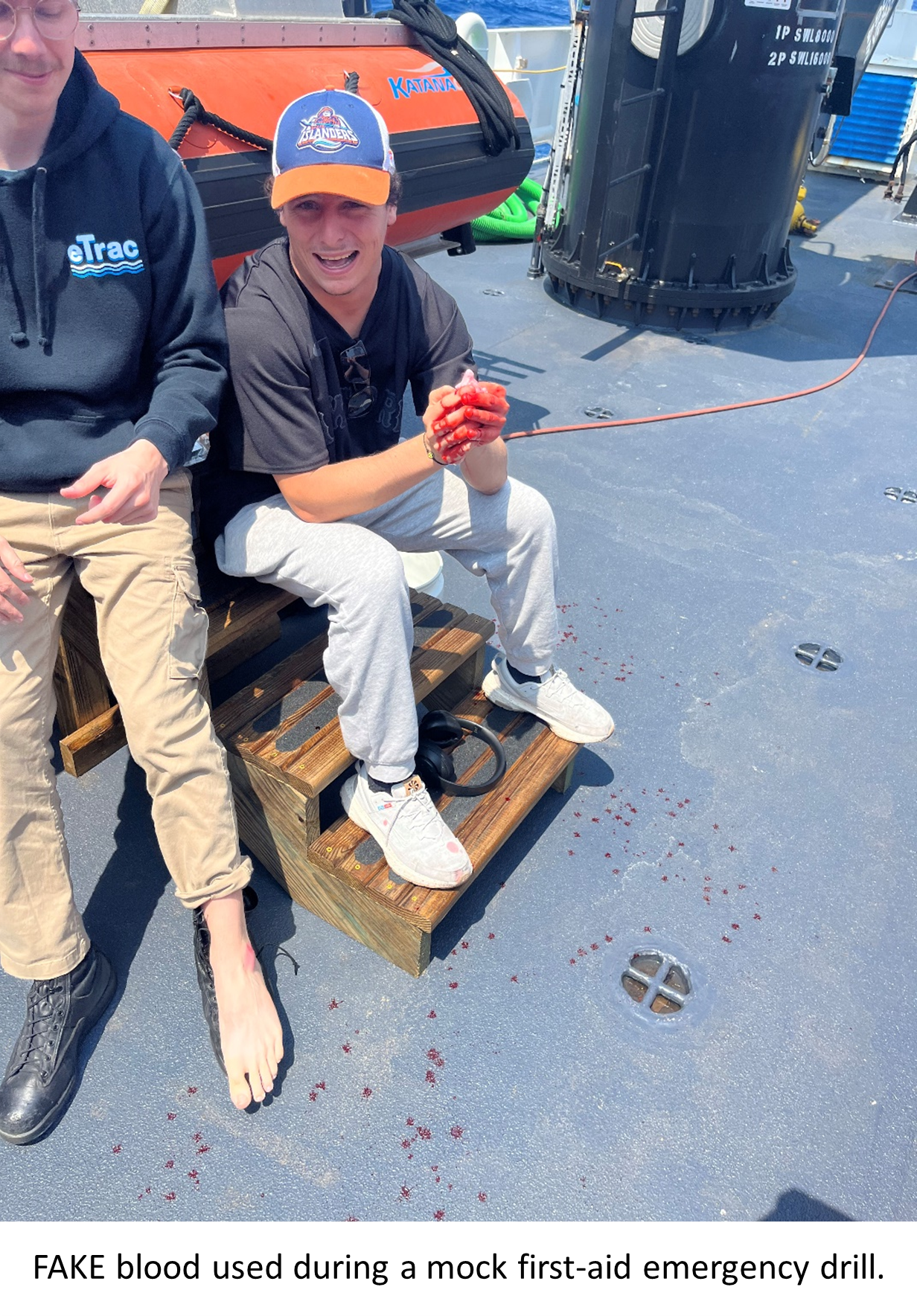
Unfortunately, our leg of the Nancy Foster was plagued by a rather large storm. I think most of the science party had to endure some sea sickness until a call was made to leave the area and wait out the weather. This weather also coincided with the smoke from the Canadian wildfire. This made for a unique viewing experience which we enjoyed from the bridge. In the evening we were in the middle of the thunderstorm, surrounded by the fog from the fires, with lightning flashing every few seconds. This led to very impressive and beautiful sunsets. Unfortunately, due to a complete lack of artistic ability, this is about the best photo I have of this.
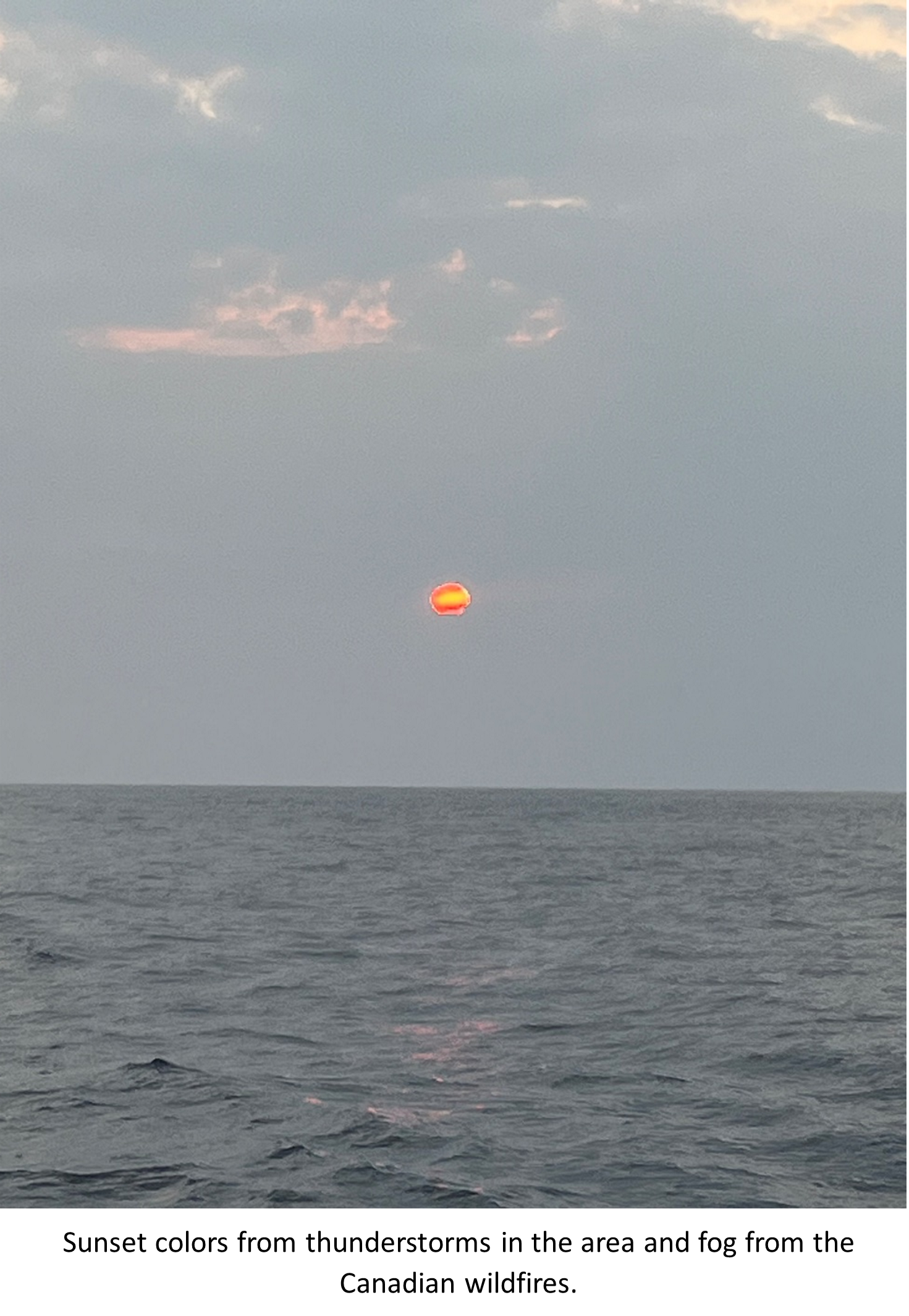
The storm conditions also resulted in a lot of downtime on the ship. This was a great time for bonding and just having fun in general. We played lots of card games, several board games, and I believe a 57-minute modified game of Uno. We also completed several puzzles, made more impressive by the seasickness many of us were experiencing. While having a day of downtime is not very common on cruises, building strong bonds is so the time is certainly not wasted! In general, the people aboard ships are welcoming and accepting and Nancy Foster was no different. The knowledge and skills gained aboard the ship are invaluable real-world experience, an opportunity I would gladly accept again.
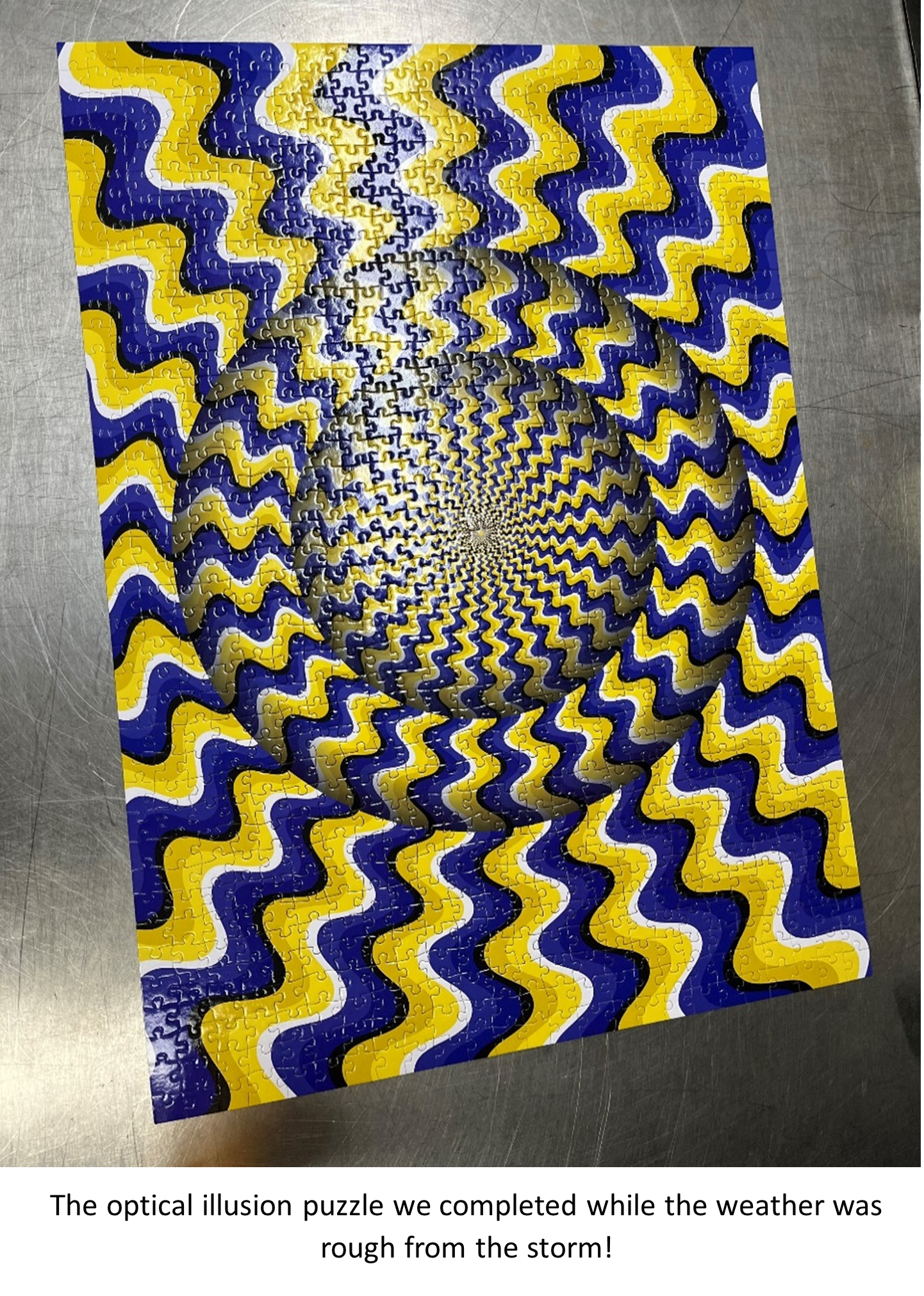
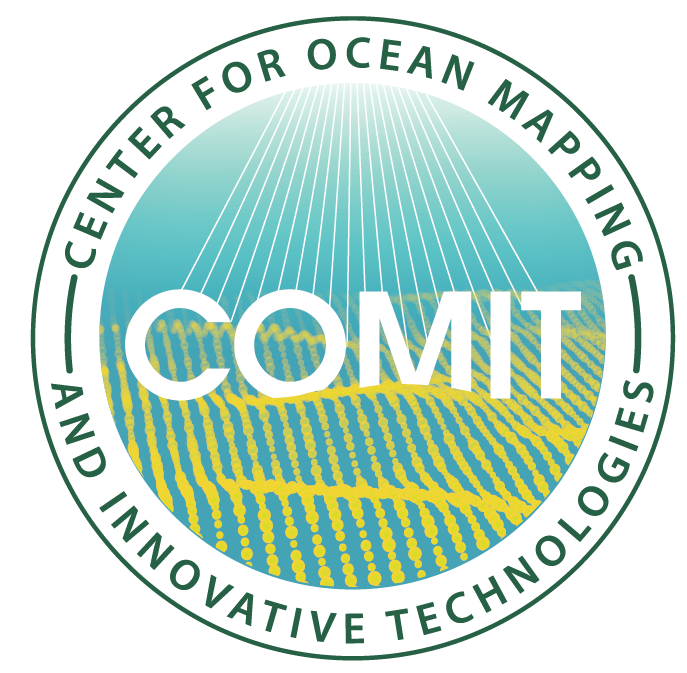
Recent Comments